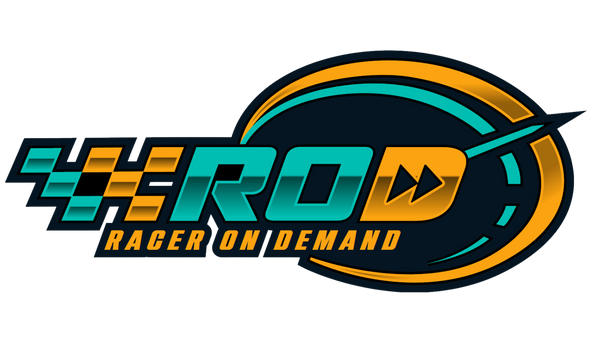Standout Sponsorship Pitches: Part 1 – What is Brand Awareness?
Share
Wow – what a whirlwind PRI was this year! Between tacos, margaritas, and catching up with friends, Chris brought up an interesting point about our VDE Racing partners: some focus on brand awareness, others on brand activation, and some on brand consideration.
One of our friends asked, “What exactly is brand activation?” and it hit me – we’ve never really broken these things down clearly. So let’s change that. This week, we’re starting with brand awareness: what it is, when it’s valuable, and how you can provide it for your partners. Over the next few weeks, we'll cover brand activation and brand consideration, as well.
What is Brand Awareness?
You know Reebok. If I say the name, you immediately think of sneakers. Now, have you heard of Li-Ning? They also make sneakers, sell for around $200 a pair, and have partnered with major NBA stars. Yet, in the U.S., their name flies under the radar – that’s the difference brand awareness makes.
When a brand has awareness, people recognize the name and know what they offer. When they don’t, the audience either misses them entirely or doesn’t connect their name to a product.
When Should I Sell Brand Awareness?
Brand awareness is most valuable when a company doesn’t already have it. Established brands like Reebok or Nike don’t need you to introduce them – people already know who they are and what they sell.
On the other hand, newer or niche brands rely on you to get their name out there. Think about those smaller companies you’ve partnered with: maybe it’s a new safety equipment brand or a performance shop that’s just starting to grow its customer base. They have a great product, but if your friends and family haven’t heard of them, there’s a good chance your audience hasn’t either. These are the brands that benefit most from your ability to build awareness.
How Do I Provide Brand Awareness?
First, let’s clarify something I see a lot: exposure is not the same as brand awareness. Exposure is passive – logos on cars, fire suits, or banners. People might see the brand, but they don’t necessarily know anything about it. Brand awareness, on the other hand, is active. It’s about making sure people walk away understanding who the brand is and what they offer.
Here’s how you can provide real brand awareness to your partners:
Be the bridge between the brand and your audience.
Instead of saying, “Shoutout to [Brand],” add context: “Big thanks to [Brand] for the trailer that got us to the track safely this weekend.” That one sentence connects their name to what they provide and makes it stick.
Use social media intentionally.
Show your partners in action where it makes sense. Don’t just post a logo – give it meaning: “Unloading at the track today thanks to our trailer from [Brand].” You’re tying their name to their product in a way people can remember.
Make the logo meaningful.
Logos provide visibility, but your words give them context. If someone asks about your car or gear, don’t miss the chance to add clarity: “Yeah, [Brand] is one of my partners – they make top-quality [product], and I’m proud to have their support this season.”
Stay consistent and authentic.
Creating brand awareness doesn’t mean giving long speeches. It’s about quick, natural mentions over time. A sentence here, a tag there – it all adds up when you’re consistent.
At its core, brand awareness means helping people remember who your partners are and what they do. It’s more than just eyes on a logo; it’s about making sure the audience connects the brand’s name to its product or service. When you do that well, you’re providing the kind of value sponsors are looking for.
